Identification of new immune target and signaling for cancer immunotherapyNarote, Desai, Patel
et alCancer Genet (2025) 294-295, 57-75
Abstract: Immunotherapy has become one of the innovative treatments in malignancy as it activates the immune system to find and eliminate malignant cells. The tumor immunology interface has become increasingly intricate, making the identification of new immune targets and signalling pathways on which to base improved therapeutic strategies an ongoing process. This review, we goal to clarify the contacts between cancer and immune system with a focus on immune surveillance as well as immune evasion mechanisms. Comprehensive immunotherapeutic therapies are overviewed with ICI (CTLA-4, PD-1, PD-L1), CAR-T cell therapy, and cancer vaccines whereas, advanced therapies targeting new immune checkpoints are also elucidated including TIM-3, LAG-3, and TIGIT. The JAK/STAT, MAPK and PI3K-AKT-mTOR pathways are reviewed with regards to cancer progression and immunotherapeutic resistance. The dysregulation of these pathways gives hope for the identification of fresh targets for therapy. Genomics, proteomics, immunopeptidomics, single cell mass spectrometry, CRISPR-based functional genomics and bioinformatics are described as essential for immune target identification and for mapping of cancer relevant signaling pathways. This review also considers some emerging issues in the subject area like the tumor heterogeneity, immune-related adverse events (irAEs), and personalized treatment. These barriers are described to facilitate the understanding of ways to overcome them and increase the efficacy of immunotherapies through combination therapies. This means that by developing new knowledge of immunological targets and pathways, immunoprecision medicine for cancer could greatly enhance outcomes.Copyright © 2025 Elsevier Inc. All rights reserved.
Recent developments on checkpoint inhibitors, CAR T cells, and beyond for T cell-based immunotherapeutic strategies against cancerAli, Arshad, Summer
et alJ Oncol Pharm Pract (2025)
Abstract: ObjectiveThere was a dire need to construct a review of the recent developments on Immune checkpoint inhibitors (ICIs), CAR T Cells, and other approaches for T cell-based immunotherapeutic strategies against cancer as cancer has become one of the most fatal diseases that is responsible for causing several deaths per annum.Data sourcesMultiple published data was acquired from the high-impact factor journal articles.Data summaryMultiple clinical strategies have been in use today such as radiotherapy, chemotherapy and immunotherapy to treat cancer of different types. Among novel cancer management strategies, the role of cancer immunotherapy by T cells has become immensely important. Cancer immunotherapy has revolutionized treatment approaches and it basically utilizes the body's immune system to treat cancer. At the forefront of this revolution, T cells are considered as the fundamental components of immune system.ConclusionsThe current review explores the therapeutic potential of T cells in the fight against cancer by applying strategies such as various ICIs (PD-1/PD-L1, CTLA-4, TIGIT, BTLA, TIM3, LAG3) and adoptive cell therapy. ICIs stimulate the body's existing anti-tumor T-cell response by the way of removing immune system inhibitors. On the other hand, in adoptive cell therapy (ACT) patient's T cells are modified to identify and attack tumor cells. Furthermore, this review also highlights significant successes that are observed with these therapies, notably PD-1 blockade and CAR T-cell therapy for various tumors. Moreover, this review also explores the potential of therapeutic vaccination, bispecific antibodies and cytokine therapy to enhance the antitumor activity. Therapeutic vaccines expose immune system to various tumor-associated antigens and training it to identify and then attack cancer cells, showing promising results in different types of cancers such as prostate cancer and melanoma. While, cytokine therapy is accompanied by the use of cytokines such as interleukin-2 (IL-2) to stimulate immune cell activity and proliferation, thereby boosting the overall anti-tumor immune response. Lastly, the current review explores the promising future of T cell-based immunotherapy, envisioning advancements in CAR design and gene editing techniques that can enhance efficacy across a broader spectrum of cancers.
VPS25 Promotes an Immunosuppressive Microenvironment in Head and Neck Squamous Cell CarcinomaChen, Fang, Wang
et alBiomolecules (2025) 15 (3)
Abstract: The ESCRT (endosomal sorting complex required for transport) machinery is essential for various cellular processes, yet its role in head and neck squamous cell carcinoma (HNSCC) is poorly understood. We utilized The Cancer Genome Atlas (TCGA) datasets to analyze the expression of ESCRT genes. Bulk RNA-sequencing data and HNSCC tissue microarrays (TMAs) were used to evaluate VPS25 expression and its clinical significance. Single-cell RNA sequencing of tumor tissues and VPS25 knockdown experiments in CAL27 cells were used to investigate its biological functions. Immunohistochemistry, spatial transcriptomics, and immunotherapy datasets highlighted the involvement of VPS25 in immune suppression and its potential as a predictive biomarker. The results demonstrated significant VPS25 overexpression in HNSCC tissues, which correlated with poor clinical outcomes. It promoted tumor cell proliferation and migration while reducing immune cell infiltration in the tumor microenvironment (TME). Additionally, by upregulating PVR expression in tumor cells, VPS25 activated the immunosuppressive PVR-TIGIT signaling axis, thereby facilitating immune evasion. Furthermore, VPS25 emerged as a potential biomarker for predicting immunotherapy response. These findings highlight VPS25 as a pivotal regulator of tumor progression and immune evasion in HNSCC and a promising target for therapeutic strategies.
NeoTRACK trial: Neoadjuvant TiRagolumab, Atezolizumab and Chemotherapy - dissection of IO- efficacy in NSCLC by longitudinal tracKing - protocol of a non-randomised, open-label, single-arm, phase II studyRoesch, Schnorbach, Klotz
et alBMJ Open (2025) 15 (3), e096617
Abstract: Immunotherapies targeting the programmed death receptor-1/programmed death ligand-1(PD-1/PD-L1) checkpoint have a major impact on the treatment of both resectable and advanced non-small cell lung cancer (NSCLC). Additional blockade of the T-cell immunoreceptor with immunoglobulin and immunoreceptor tyrosine-based inhibition motif domain (TIGIT)-receptor may synergistically foster the immune-related response. Several trials are currently investigating the combination of neoadjuvant platinum-based chemotherapy and dual checkpoint inhibition prior to curative surgery. The investigator-initiated NeoTRACK trial (EU CT number: 2022-501322-38-00; ClinicalTrials.gov identifier: NCT05825625; IKF056) aims to evaluate the feasibility and safety of perioperative anti-PD-L1 (by atezolizumab) and anti-TIGIT (by tiragolumab) treatment in combination with chemotherapy in patients with early stage NSCLC.NeoTRACK is an open-label, single-arm, prospective, bicentric phase II trial. Patients with NSCLC in clinical stages II, IIIA and IIIB (only T3N2) will receive two cycles of standard platinum-based chemotherapy in combination with the anti-TIGIT antibody tiragolumab and the anti-PD-L1 antibody atezolizumab, followed by curative surgery. After surgery, patients without pathological complete response (pCR) will receive another two cycles of chemotherapy in combination with tiragolumab and atezolizumab, followed by tiragolumab/atezolizumab maintenance for up to 1 year (maximum 16 cycles). Patients with pCR will only receive dual immunotherapy. All patients will be followed-up for 30 months after the last study treatment. The clinical study will be aligned with a translational research programme to investigate treatment-naïve tumour tissues, surgical specimens and longitudinally collected blood samples. 35 patients are planned for enrolment. Patient recruitment started in August 2023, and treatment of the last patient is estimated to start 2.5 years thereafter.The NeoTRACK trial aims to assess the feasibility and efficacy of combining tiragolumab and atezolizumab as both neoadjuvant and adjuvant therapies in patients with resectable NSCLC. The concept of treatment personalisation based on postoperative pCR is of great clinical interest.The trial obtained ethical and regulatory approval in Germany through the Clinical Trials Information System (CTIS, ID: 2022-501322-38-00) and the Paul Ehrlich Institute (PEI, competent authority for approval of clinical trials using medicinal products for human use in Germany, process number: PB00148) on 30 March 2023. A data safety and monitoring board will meet regularly to review ongoing treatment in terms of safety.Study results will be published in peer-reviewed journals, presented at conferences and in the public registry of CTIS, following trial completion.NCT05825625.© Author(s) (or their employer(s)) 2025. Re-use permitted under CC BY-NC. No commercial re-use. See rights and permissions. Published by BMJ Group.
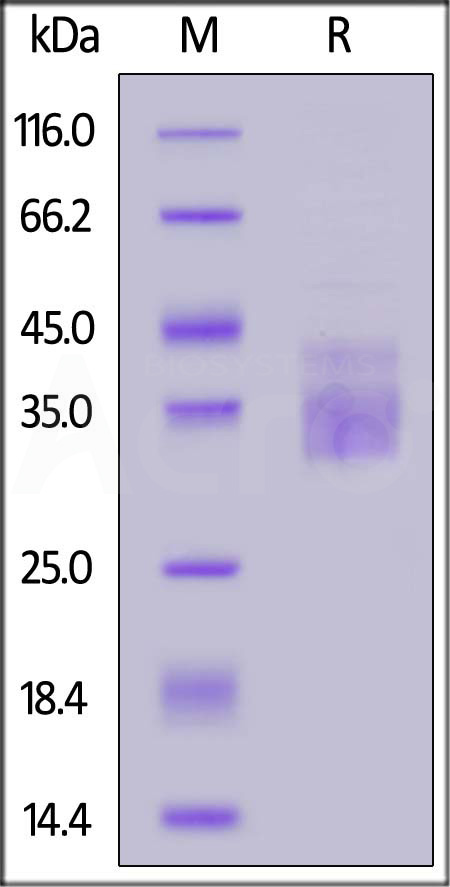
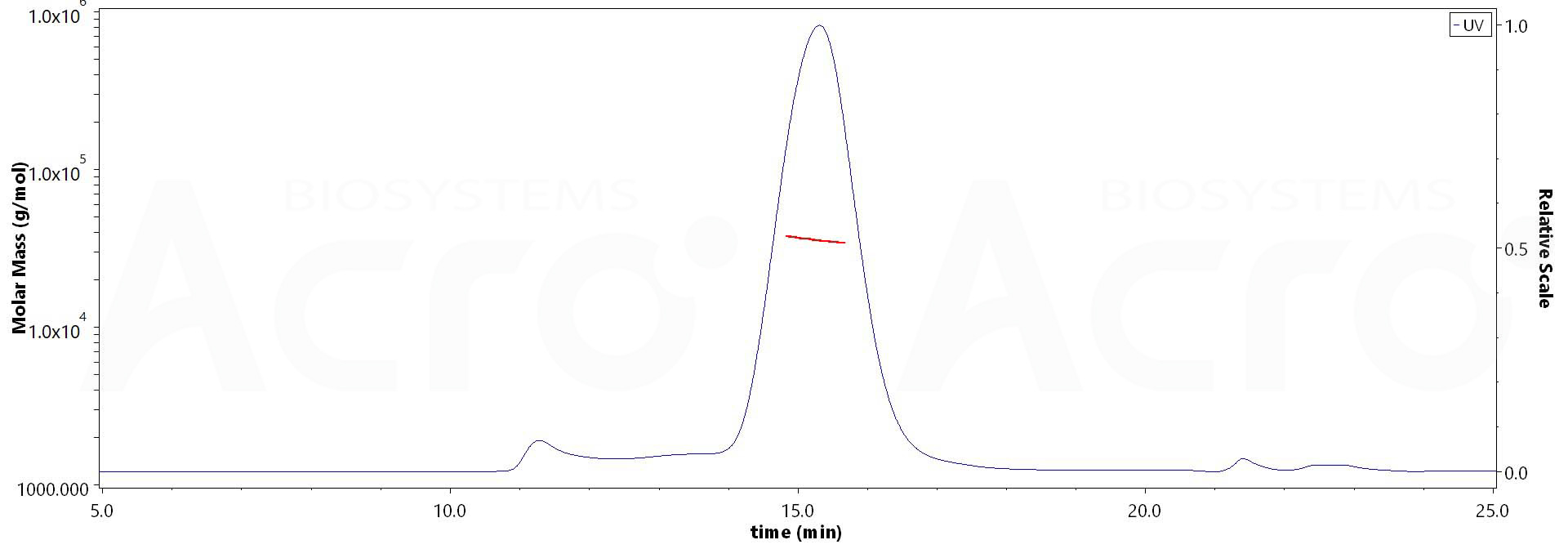
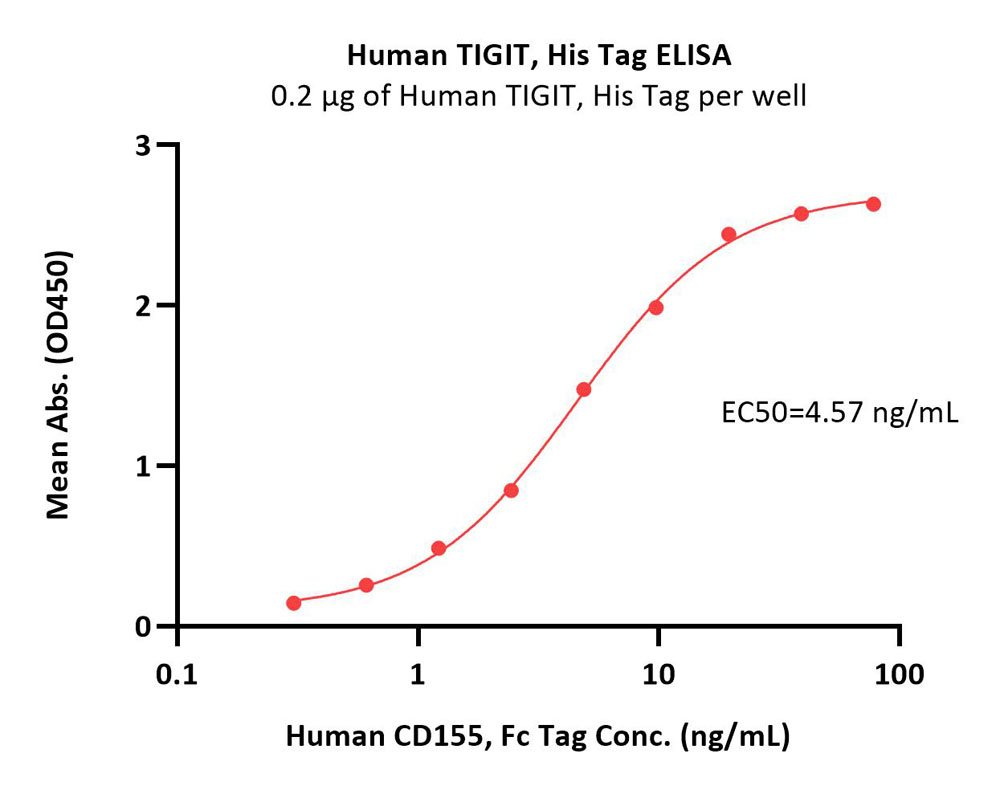
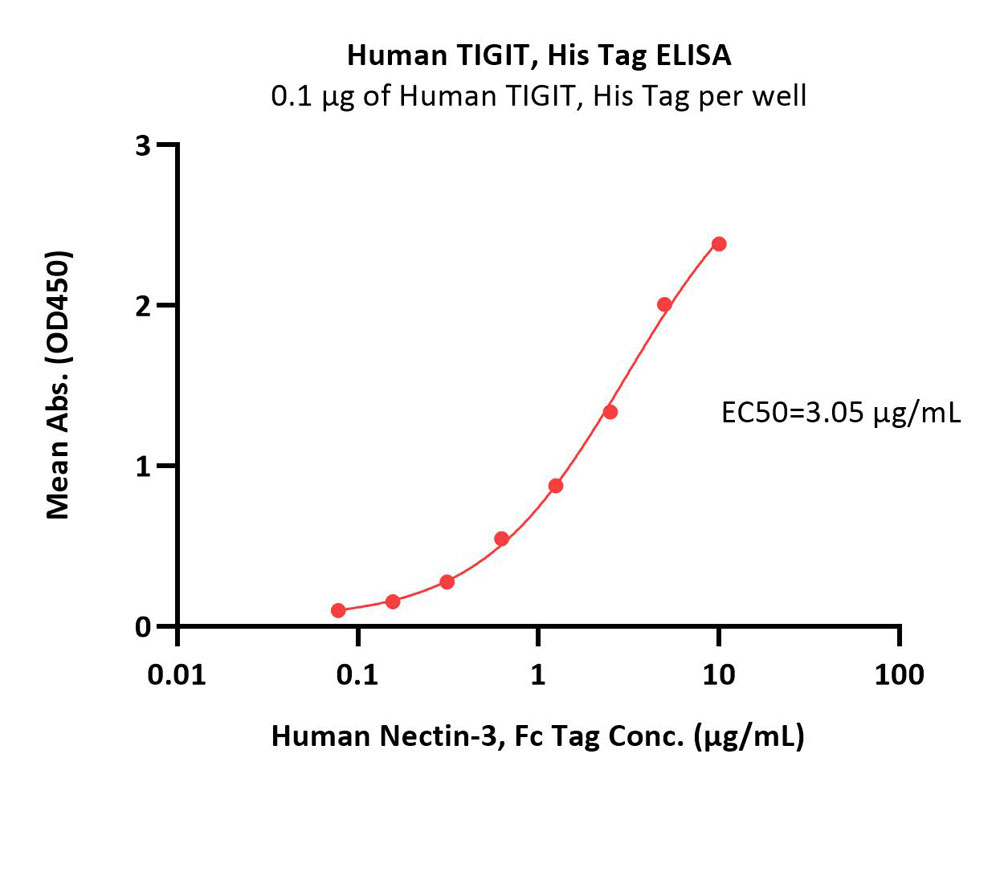
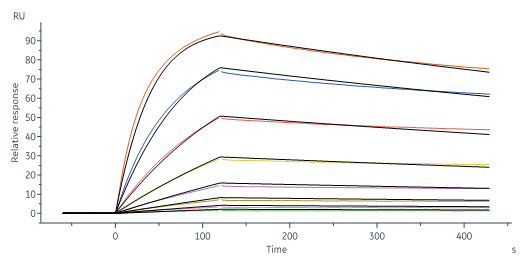
 +添加评论
+添加评论
























































 膜杰作
膜杰作 Star Staining
Star Staining

















